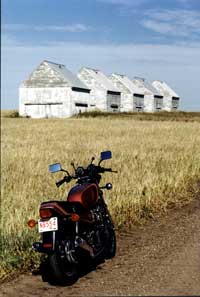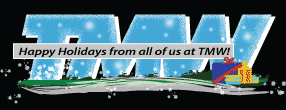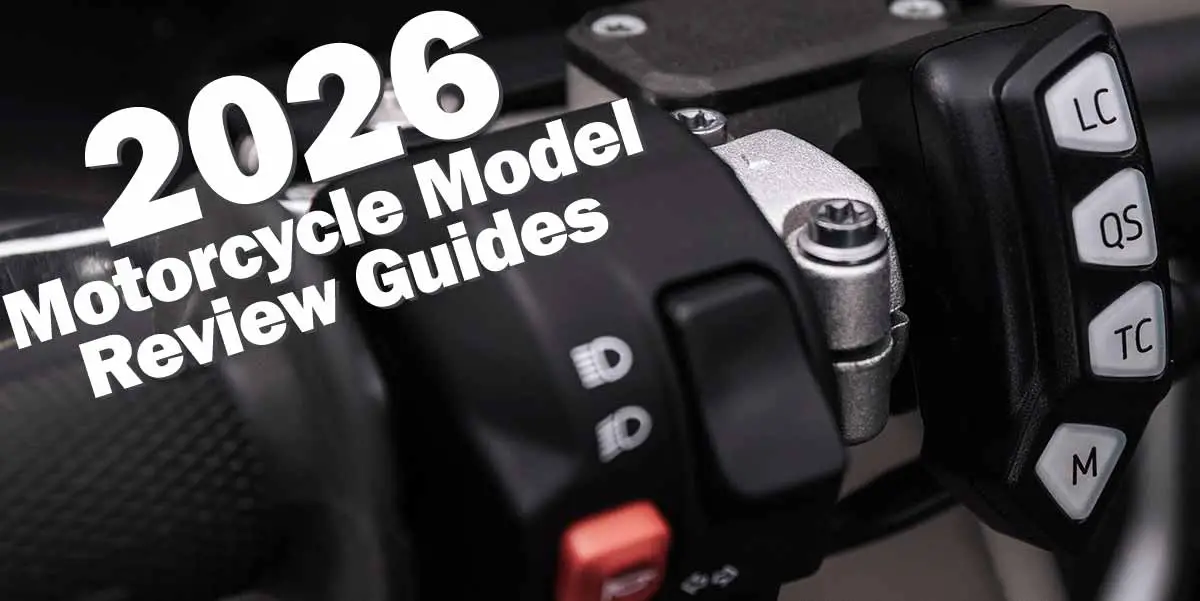
Section One: The First Steps
Welcome to the World of Motorcycling!
This eBook is dedicated to you, the aspiring motorcycle rider. Before you strap on your helmet and ride off into the sunset for the first time, here is a collection of information you should read. You’ll learn about the types of motorcycles, how to choose the right bike, essential gear, licensing, and suggestions for those first rides.
If you’re an experienced rider looking for updated information on bikes, gear, and accessories, you’ve also come to the right place.

The First Steps
Step One: Get a Learner’s Motorcycle Book
In Canada and the USA you can usually pick up a learner’s motorcycle handbook (often free of charge) from your local DMV, Driver Registry, or licensing authority. This book will help you pass the written/computer test to get your learner’s license, and it covers the basics of motorcycle safety, riding skills, and controls.

Here are links to official online motorcycle operator manuals:
USA
Canada
- Motorcycle Handbook – Manitoba Public Insurance
- Official MTO Motorcycle Handbook – Ontario
- Learn to Ride Smart – ICBC (British Columbia)
England

Step Two: Get a Learner’s Motorcycle License
Licensing requirements vary by country and even by region (states, provinces, territories). In Canada and the USA, you must first obtain a learner’s permit before you can take a Motorcycle Safety Foundation course or legally ride on the road. It’s estimated that 25% of motorcycles on the road are operated without a valid license. Please, get licensed and don’t risk riding without one.

Step Three: Sign Up for a Motorcycle Safety Foundation Course
Taking a Motorcycle Safety Foundation (MSF) course may save your life, extend your riding career,
make motorcycling more enjoyable, and give you confidence. It may even help you decide if motorcycling
is right for you before you buy a bike. Everyone’s background is different, but the benefits are universal.
Personally, I wouldn’t consider riding without taking the course, the lessons I learned continue to benefit me years later.

Step Four: Get Proper Riding Gear
Start with the best gear you can afford. Even if that’s just sturdy boots, a helmet, jeans, a jacket, and gloves,
it’s better than nothing. Ideally, invest in motorcycle-specific leather or textile gear from the start.
The odds aren’t in your favor during your first year of riding, most of us fall at some point.
Proper gear ensures you can get back up and ride again.
Word of Advice: Don’t get caught up in the leather vs. textile debate. Both are designed to protect you.
Image is secondary to safety. My first gear was a jean jacket, jeans, gloves, and boots. Eventually, I upgraded to a proper
motorcycle jacket, gloves, boots, and a full-face helmet. Protection should always come before style.
Step Five: Go for Your Motorcycle License
Depending on where you live, you may need to progress through a Graduated Licensing system or you may be able to get
your full license right away. Even if not required, consider self-imposing restrictions at first, such as riding
bikes under 500cc or avoiding passengers for your first year. These limitations help you learn at a safe pace.
In some countries, such restrictions are law (e.g., 125cc/30hp limits in parts of Europe).

Step Six: Get Insurance
Once you have your license, the next step is insurance. Shop around, quotes can vary widely for the same coverage.
At minimum, you’ll need liability insurance, which covers injury or property damage you cause.
- Liability Insurance: Covers injury/death or property damage you cause. Mandatory in most areas.
- Collision Coverage: Covers damage to your bike in an accident. Optional, often not cost-effective for older bikes.
- Comprehensive Coverage: Covers non-collision damage (theft, vandalism, falling objects, etc.).
For older bikes, liability-only coverage is often the best value. Collision and comprehensive can be expensive and
may exceed the value of the bike. Always weigh the cost against the benefit.
See the Total Motorcycle Biker’s Dictionary for insurance terms

Step Seven: Get Your License Plate
After insurance, you’ll need a license plate and sticker. This is usually handled in person at a government office.
In North America, you pay a one-time fee for the plate and an annual fee for the sticker.
You can also order a personalized plate (e.g., COOL1, RDRUNR, ICEMAN).
Mount your plate with pride and welcome to the riding community!
Step Eight: Off You Go!

With your license, insurance, plate, and gear in place, you’re ready to ride.
Enjoy the freedom, stay safe, and welcome to the world of motorcycling!


